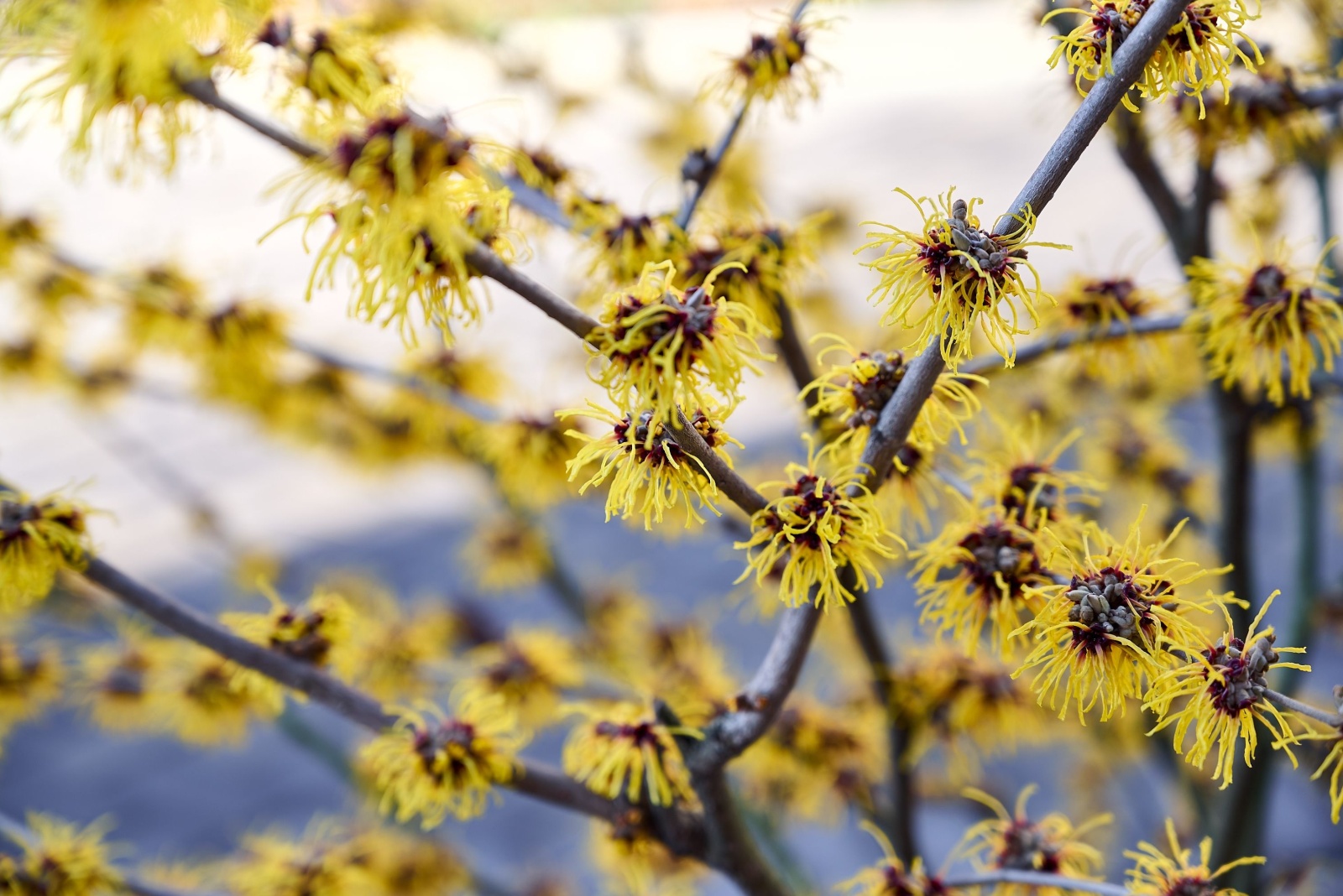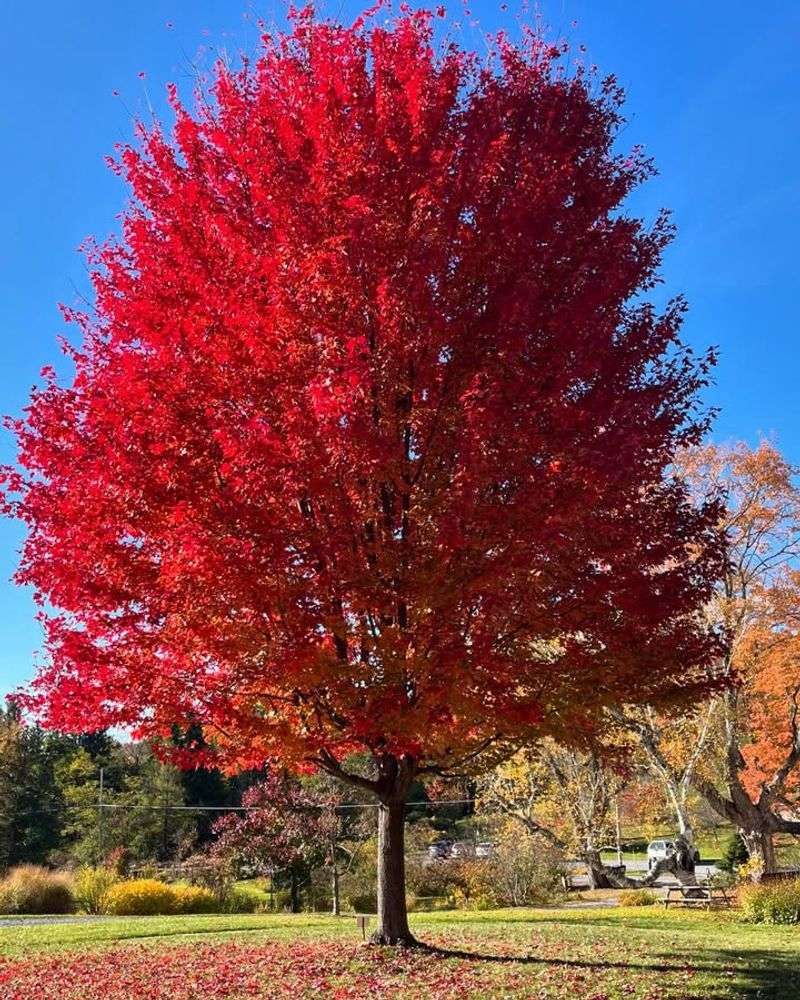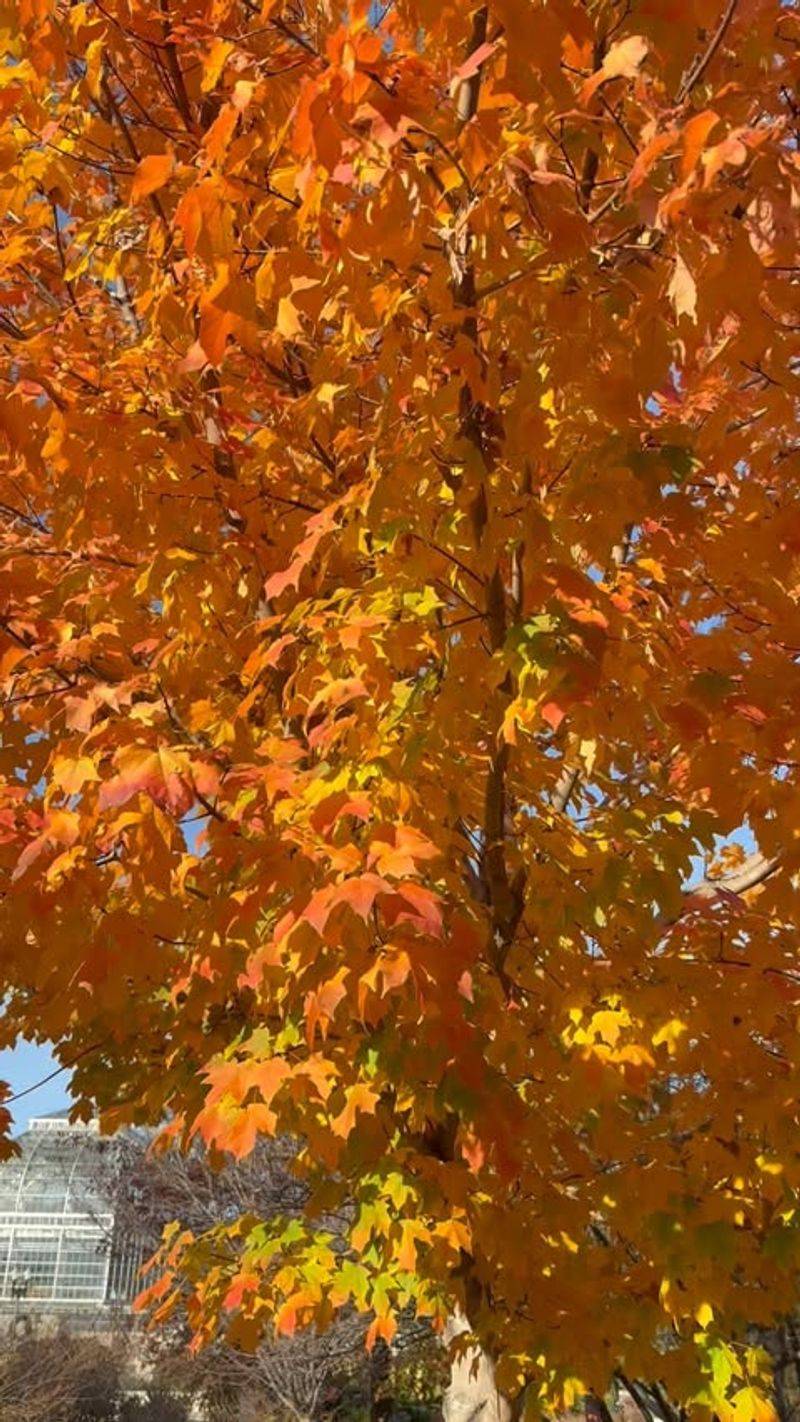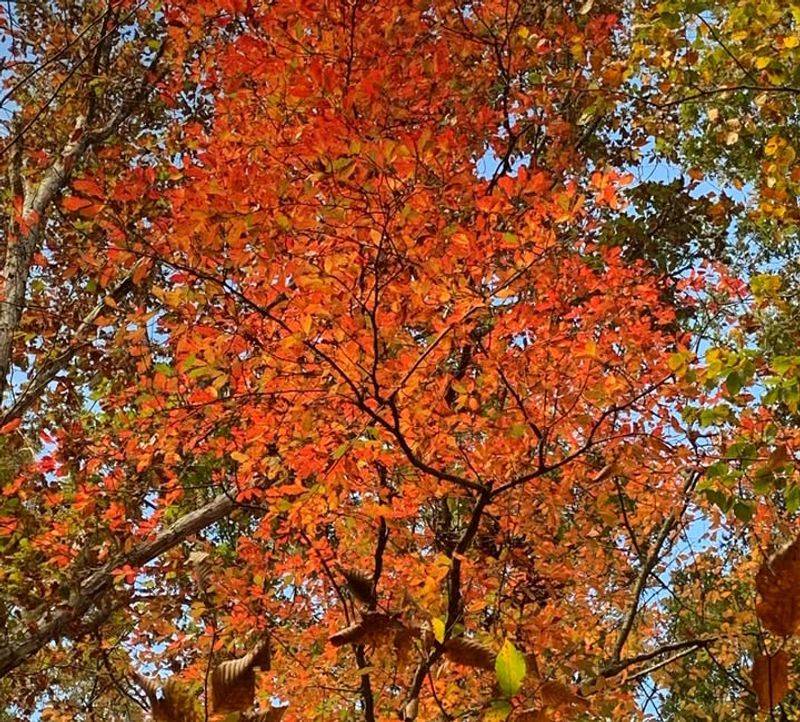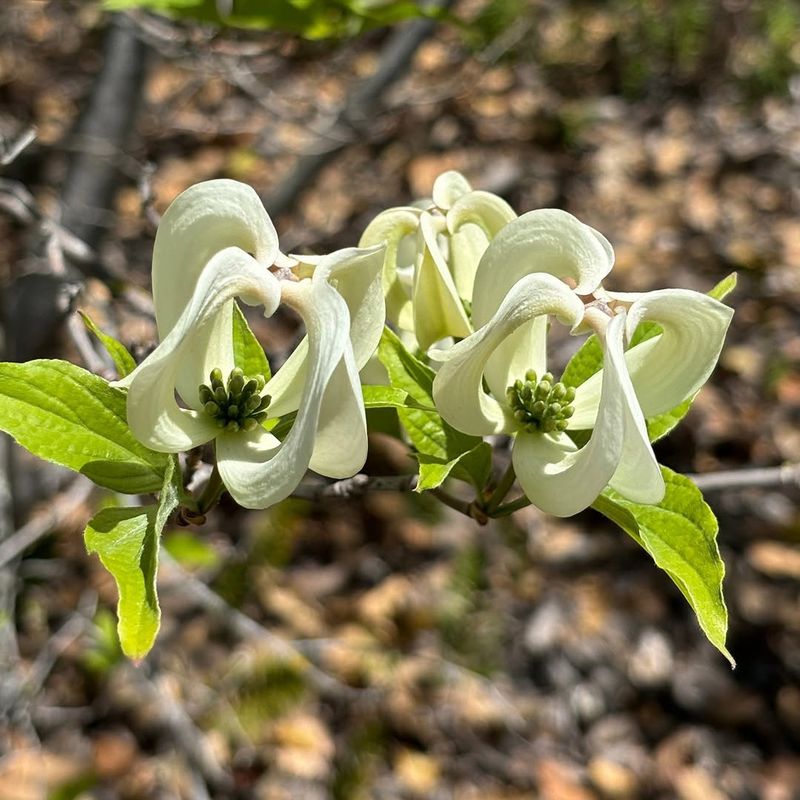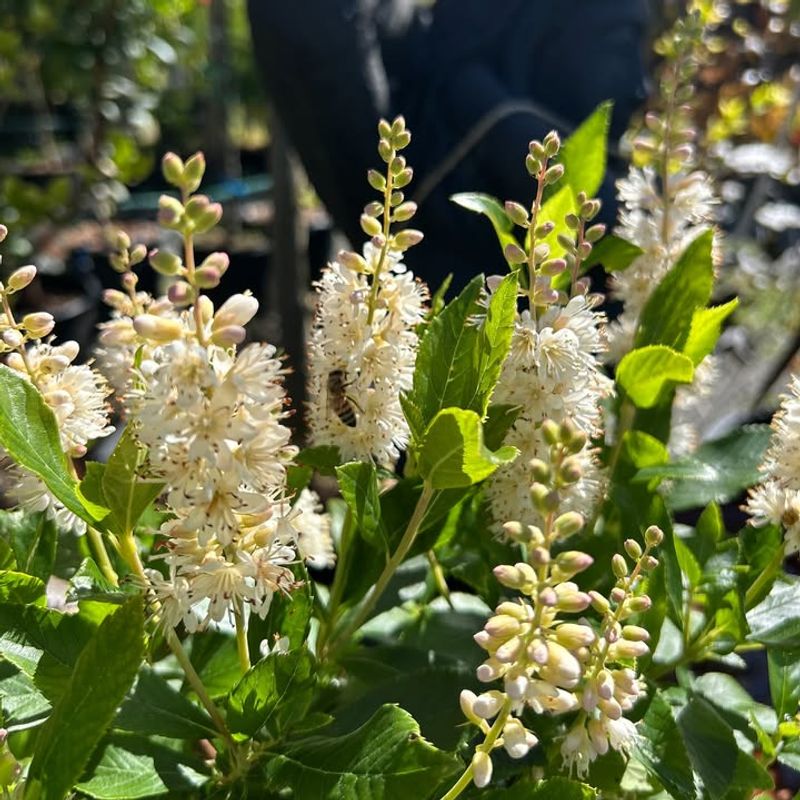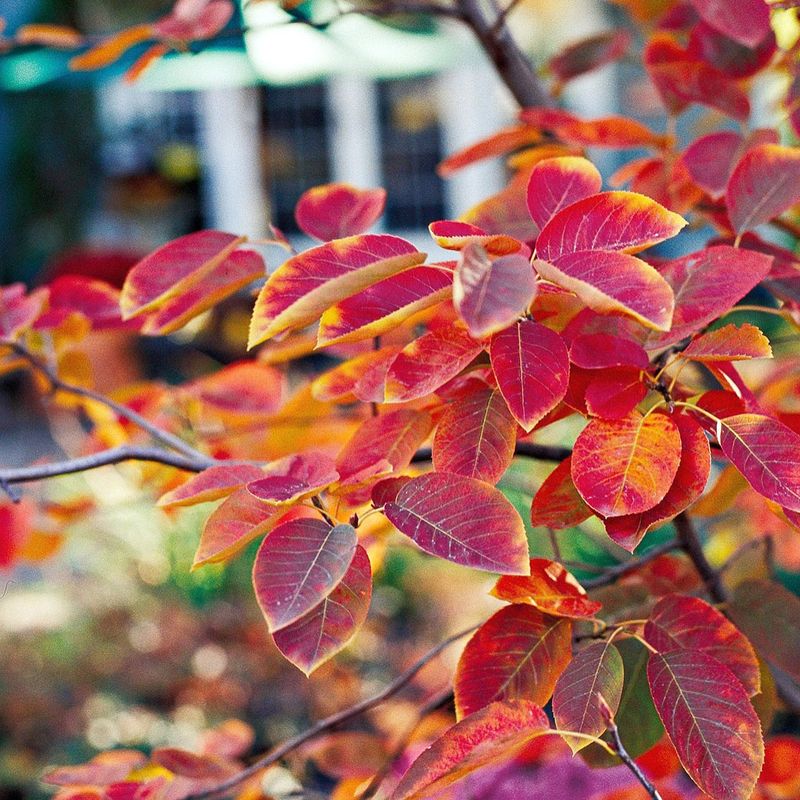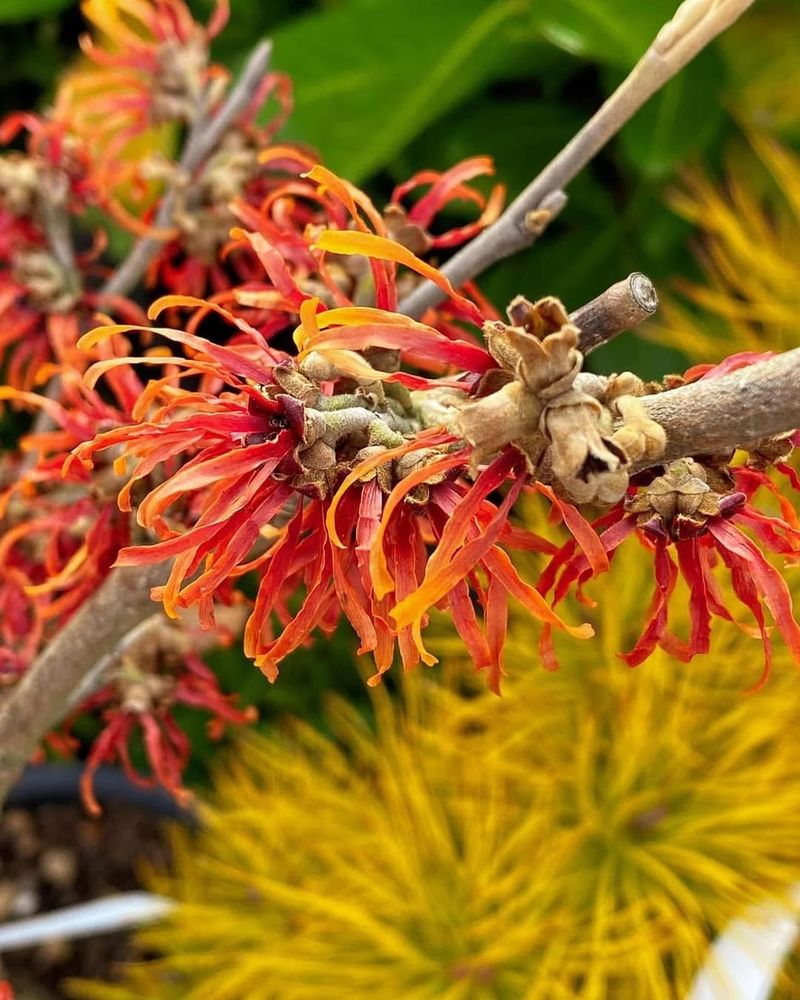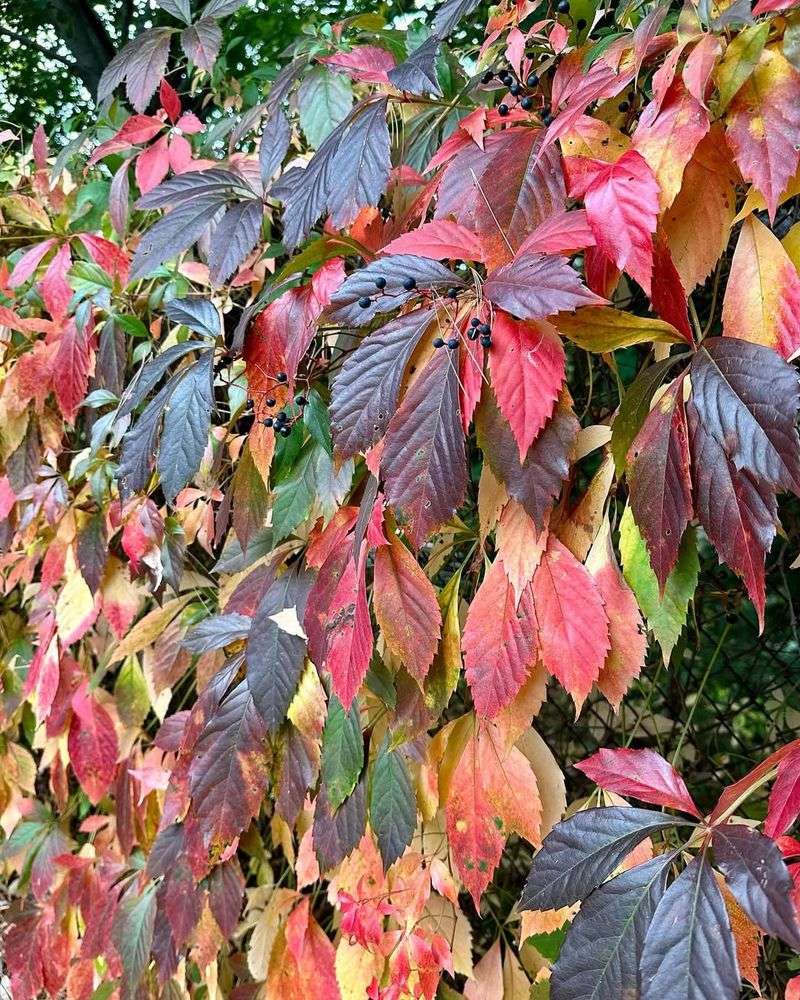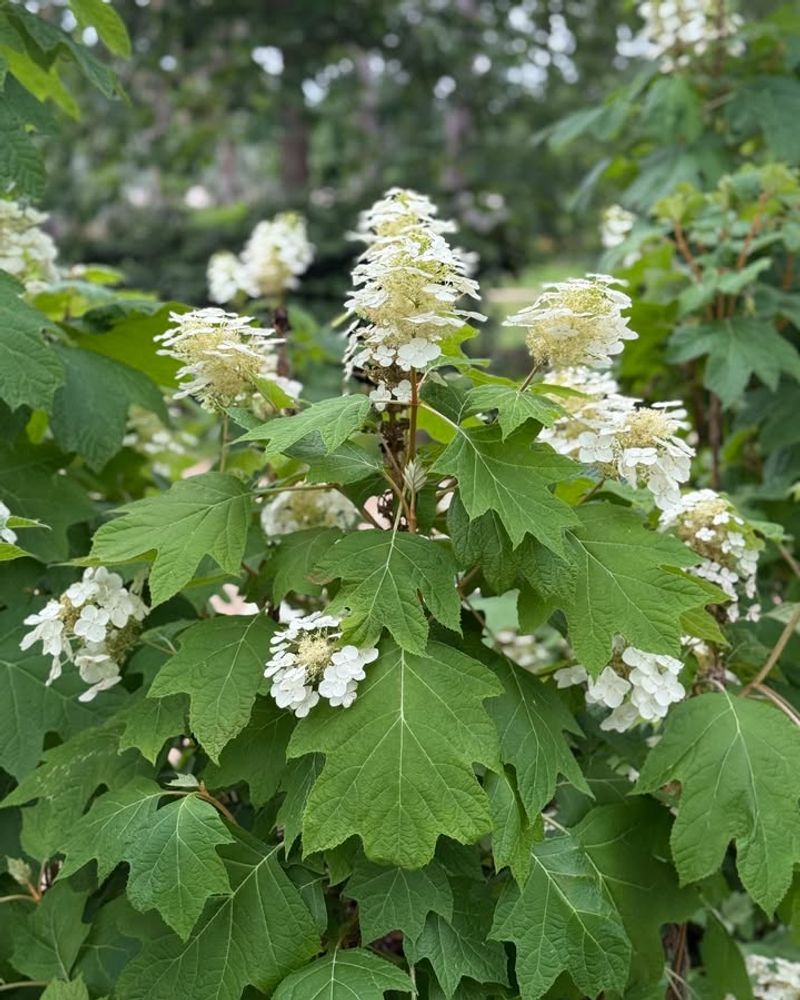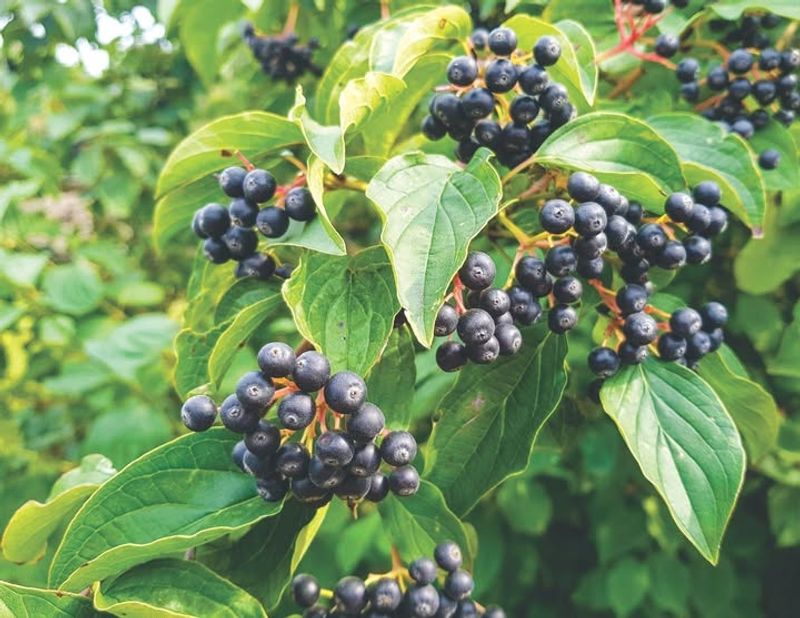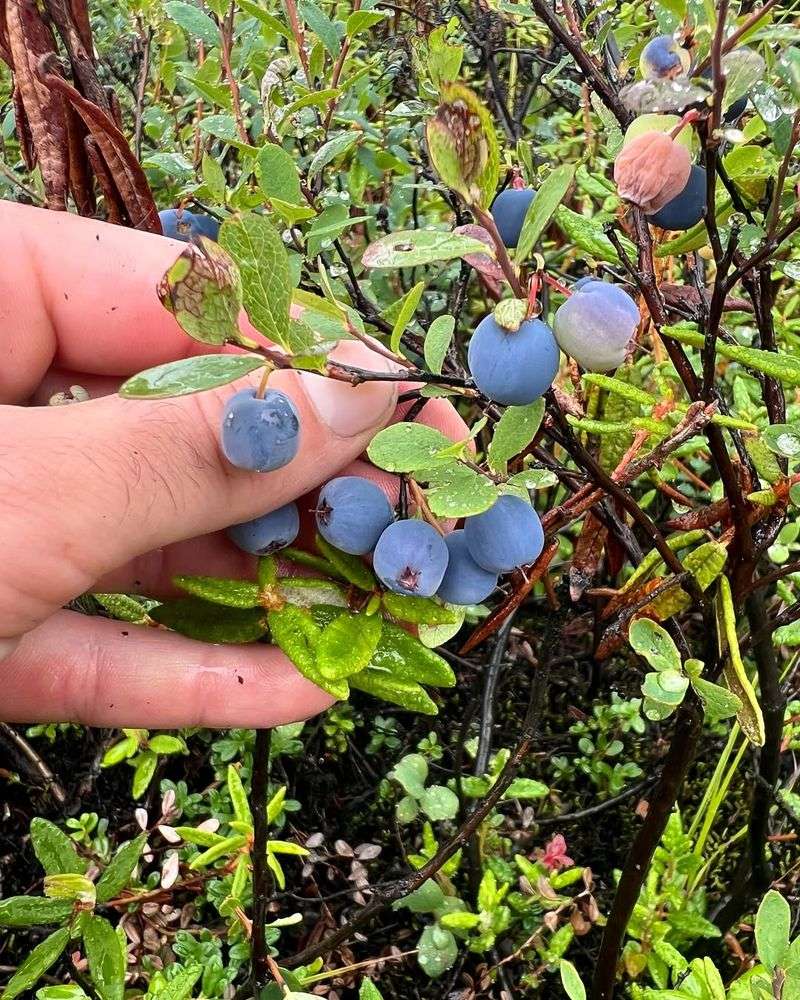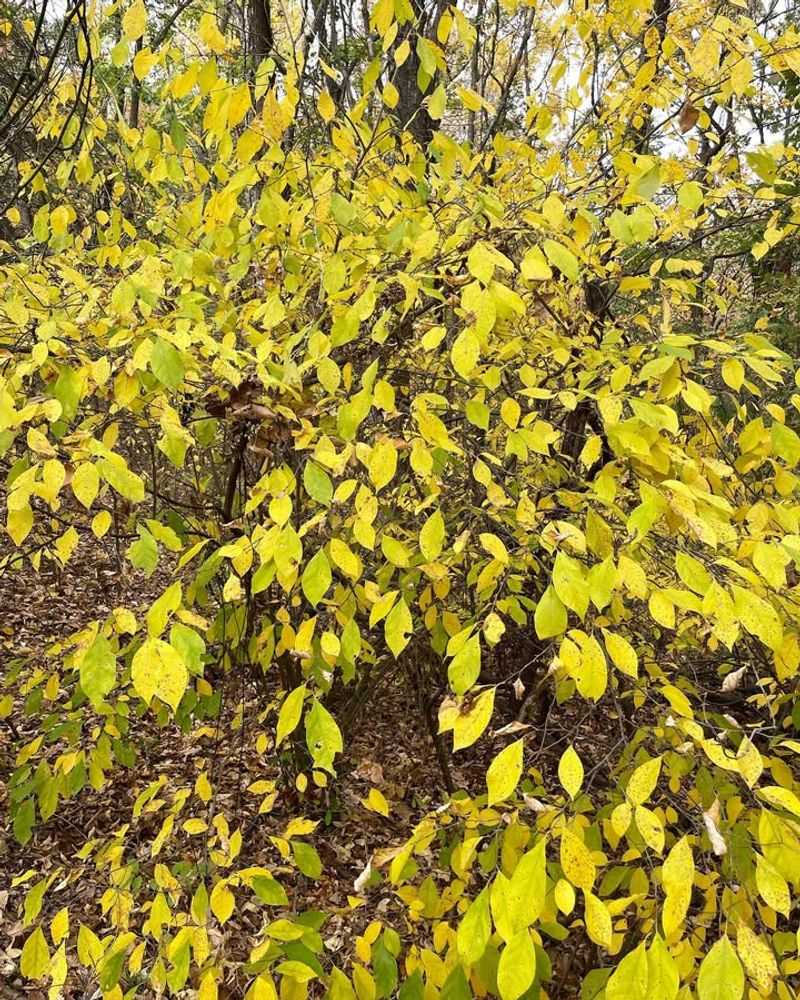Pennsylvania gardens transform into stunning displays when autumn arrives, and native plants are the secret to creating this seasonal magic. Choosing plants that naturally thrive in our region means less maintenance and more vibrant displays year after year.
These twelve native beauties will paint your landscape with reds, oranges, golds, and purples that celebrate the season. Get ready to discover plants that love Pennsylvania’s climate as much as you do.
1. Red Maple
Few trees announce autumn quite like the red maple, whose leaves explode into shades of crimson, orange, and yellow. This fast-growing native adapts to various soil types across Pennsylvania, making it a reliable choice for homeowners.
Red maples can reach impressive heights while providing excellent shade during summer months. Wildlife depends on these trees for food and shelter throughout the year.
Plant one in a sunny spot with adequate space, and you’ll enjoy decades of spectacular seasonal color that makes neighbors stop and stare.
2. Sugar Maple
The sugar maple stands as Pennsylvania’s unofficial symbol of autumn, turning brilliant shades of gold, orange, and sometimes fiery red. These majestic trees thrive in well-drained soil and prefer cooler temperatures that Pennsylvania provides.
Beyond their beauty, sugar maples produce the sap that becomes delicious maple syrup. They grow slowly but steadily, creating a lasting legacy in your landscape.
Give them room to spread their branches, and they’ll reward you with consistent fall displays that improve with age.
3. Black Gum
Black gum trees deliver some of the earliest and most intense fall color, often turning deep burgundy and purple-red before other trees even start changing. This Pennsylvania native tolerates wet soil better than most trees, making it perfect for challenging spots.
Birds flock to the dark blue berries that appear on female trees in late summer. The glossy green summer foliage creates a beautiful backdrop before the autumn transformation begins.
Plant it where you can appreciate its unique horizontal branching pattern year-round.
4. Flowering Dogwood
Flowering dogwoods offer a two-season show, with spring blooms followed by stunning burgundy-red fall foliage. These understory trees naturally grow beneath taller canopy trees throughout Pennsylvania’s woodlands.
Bright red berries appear in autumn, attracting songbirds and adding extra visual interest. The tree’s layered branching pattern creates architectural interest even after leaves drop.
Choose a partially shaded location with acidic soil, and protect young trees from harsh afternoon sun to ensure healthy growth and vibrant color.
5. Summersweet
Summersweet earns its place with fragrant summer blooms and reliable golden-yellow fall foliage that brightens shady Pennsylvania gardens. This adaptable shrub handles both wet and dry conditions once established.
Pollinators adore the late-summer flowers, making it an ecological powerhouse in addition to its aesthetic appeal. The compact size works perfectly for smaller yards or as part of mixed borders.
Plant several together for maximum impact, and enjoy the sweet fragrance that fills the air before autumn color arrives.
6. Serviceberry
Serviceberry delights gardeners with spring flowers, edible summer berries, and spectacular orange-red fall foliage. This multi-stemmed native grows as either a large shrub or small tree throughout Pennsylvania.
The berries taste similar to blueberries and attract numerous bird species if you don’t harvest them first. Smooth gray bark adds winter interest after leaves have fallen.
It thrives in sun or partial shade and tolerates various soil types, making it wonderfully versatile for different garden situations and design styles.
7. Witch Hazel
Witch hazel surprises with its unique blooming habit, producing fragrant yellow flowers just as its leaves turn brilliant yellow in fall. This Pennsylvania native grows naturally along stream banks and woodland edges.
The twisted, ribbon-like flowers appear in late autumn or early winter, extending seasonal interest beyond typical blooming times. Its vase-shaped form fits beautifully into naturalistic garden designs.
Plant it where you’ll notice the delicate fragrance and unusual blooms during your autumn walks through the garden.
8. Virginia Creeper
Virginia creeper transforms fences, walls, and arbors with its incredible crimson-red fall display that rivals any tree. This vigorous native vine uses adhesive disks to climb surfaces throughout Pennsylvania landscapes.
Dark blue berries provide important food for migrating birds in autumn. The five-leaflet arrangement distinguishes it from poison ivy, which has only three leaves.
Give it a sturdy support structure and room to spread, then watch as it creates a breathtaking vertical tapestry of color each fall season.
9. Oakleaf Hydrangea
Oakleaf hydrangea stands out with large, oak-shaped leaves that turn shades of burgundy, wine-red, and bronze in autumn. This southeastern native has proven hardy and reliable in Pennsylvania gardens.
Cone-shaped white flower clusters appear in summer and fade to antique pink before fall color arrives. Peeling cinnamon-colored bark provides texture and interest during winter months.
It prefers partial shade and consistent moisture, making it ideal for woodland gardens or shaded foundation plantings where you need multi-season appeal.
10. Chokeberry
Chokeberry delivers reliable red-orange fall color along with clusters of glossy dark berries that persist into winter. This tough native shrub handles poor soil, wet conditions, and road salt better than most plants in Pennsylvania.
White spring flowers attract pollinators, while the antioxidant-rich berries draw birds and can be used for jams. Its compact, rounded form works well in mass plantings or mixed borders.
Plant it in full sun for the best berry production and most intense autumn color display.
11. Blueberry
Native blueberries offer the triple reward of spring flowers, summer fruit, and stunning scarlet-red fall foliage. Several species grow wild throughout Pennsylvania’s woodlands and adapt beautifully to home gardens.
Lowbush varieties work as groundcovers, while highbush types create attractive hedges or specimen plantings. The fruit provides food for both humans and wildlife during summer months.
They require acidic soil and consistent moisture but reward your care with reliable color and delicious harvests year after year in Pennsylvania gardens.
12. Spicebush
Spicebush fills shaded Pennsylvania gardens with golden-yellow fall color and aromatic foliage that releases a pleasant scent when brushed. This understory shrub grows naturally in moist woodlands across the state.
Tiny yellow flowers appear in early spring before leaves emerge, followed by bright red berries on female plants. The berries serve as crucial food for migrating birds during autumn.
Crush a leaf or twig to enjoy the spicy fragrance that gives this native its common name and makes it memorable year-round.

